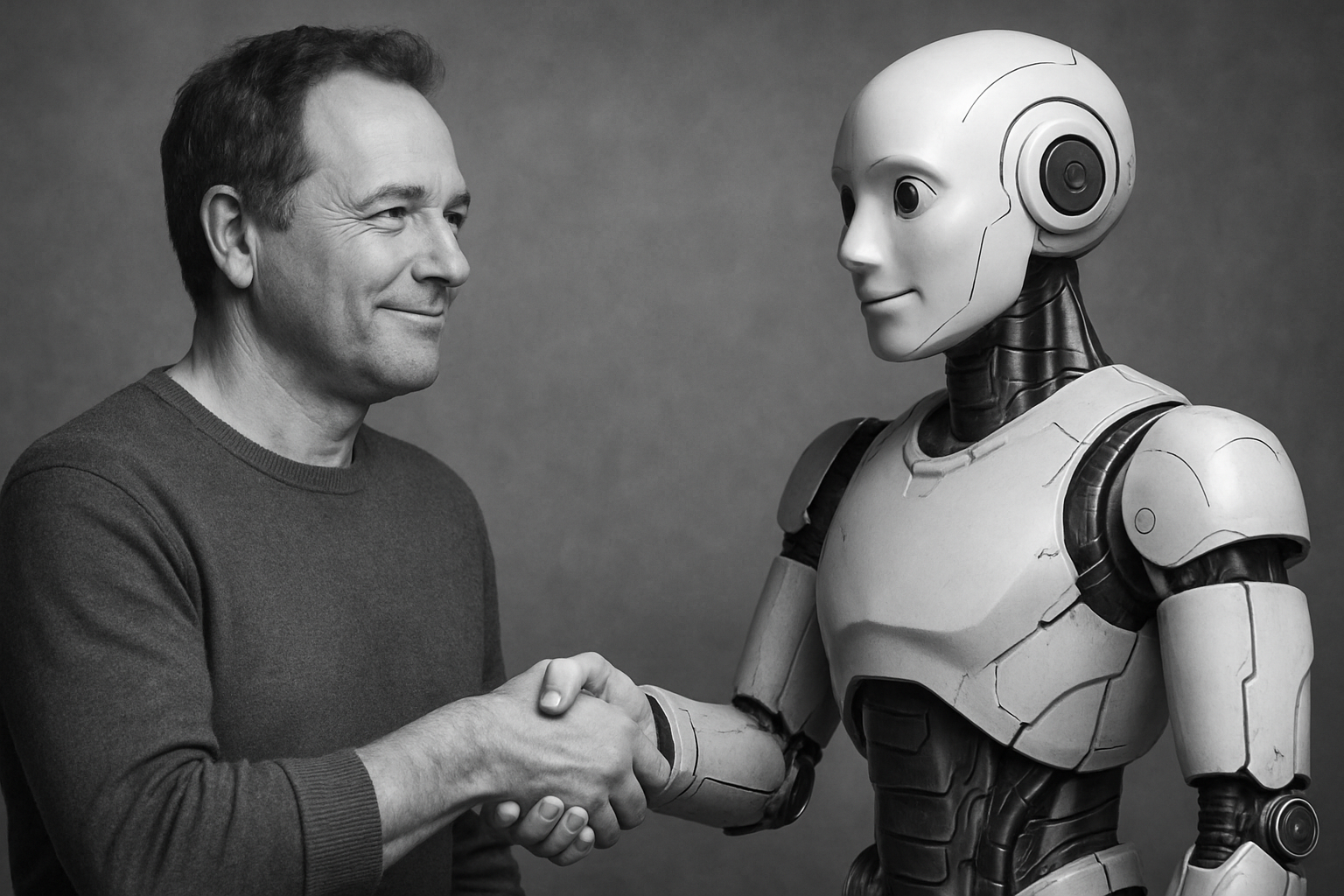2025 will be a turning point for UX. Technology is evolving at breakneck speed, but the real difference lies in how we turn that progress into value for users. Not everything new is necessarily useful. The challenge is to identify the trends that will actually make your product better and your users happier. In this blog, you’ll find the five UX trends of 2025 that experts believe will truly make an impact.
1. AI with a clear purpose
AI is no longer a toy. In 2025, we’ll use it where it adds real value: automating accessibility testing, uncovering data-driven insights into usage patterns, or speeding up prototyping. The goal isn’t to use AI for its own sake, but as a catalyst for better decision-making and more focus on creative, human-centered work.
2. Accessibility as a baseline requirement
With the European Accessibility Act, digital accessibility becomes non-negotiable. Think about accessible colour contrast, clear navigation, and alternative text for images. Tools can help, but it starts with the decision to design for all users from day one. The challenge isn’t just technical — it’s embedding inclusion structurally into your design process.
3. Designing sustainably and ethically
From dark mode to save energy to transparency in data use: UX can directly support responsible business. Dark mode and other energy-efficient features reduce your digital footprint. Being open about data shows you take social responsibility seriously and builds user trust. And when you make these choices visible — by sharing your reasoning and results — you show you’re actively investing in better, more responsible decisions.
4. Small moments that make a big difference
It’s often the little things that count: a short vibration on your phone, a friendly sound, or a smart animation. These micro-interactions make an experience feel alive and build emotional connection. In 2025, they’ll become even smarter and more context-aware — staying functional while truly adding value for the user.
5. UX that works for you
More and more interfaces adapt automatically to the user’s situation — based on location, behaviour, or preferences. This means less searching and faster results. Imagine for example a dashboard that rearranges its modules depending on your role or tasks.
We’re moving toward UX that anticipates the user’s needs. The goal: reduce cognitive load and increase relevance, without creating the sense that technology is taking over.
Why we think these trends matter
These trends share one thing: they shift the focus from surface-level novelty to structural improvement. They encourage cross-disciplinary collaboration and call for choices that may not always be visible to the end user, but that add real value to the experience — and to our clients. And that’s what we stand for: value-driven design.
Sources:





